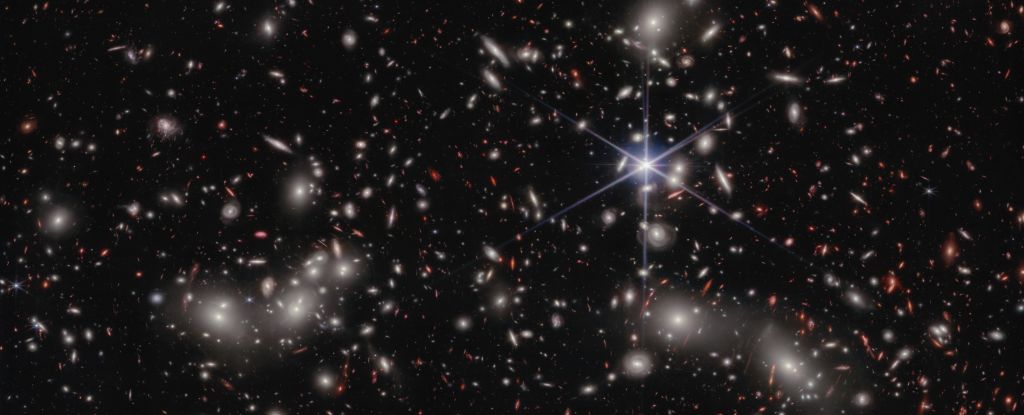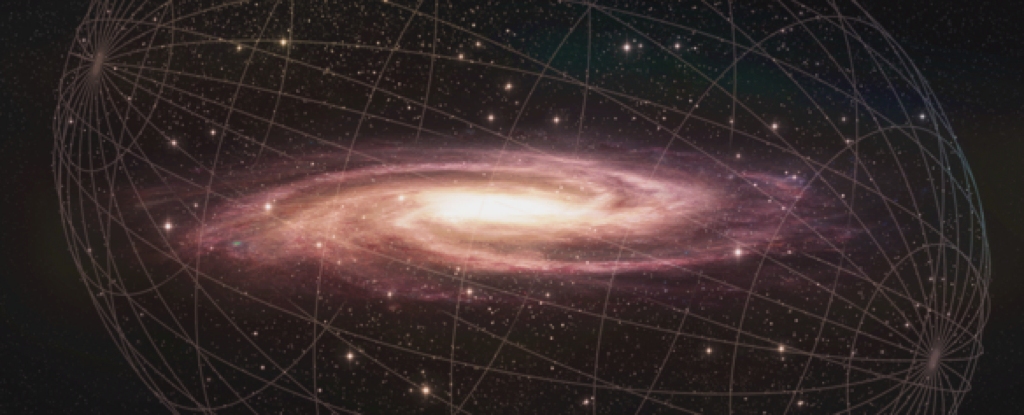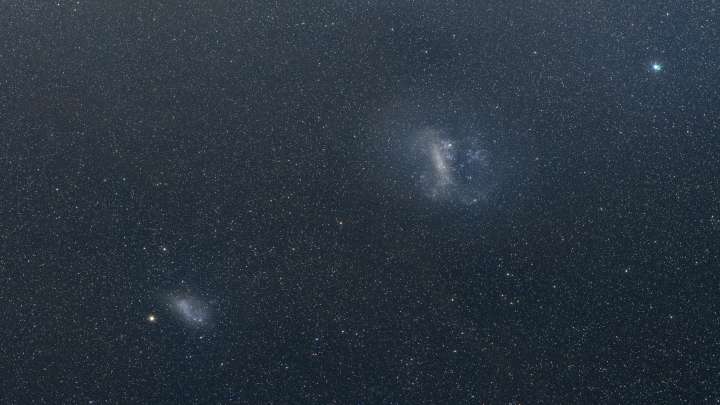
According to data from the Hubble and James Webb Space Telescopes, the origins of the free-flying photons in the early cosmic dawn were small dwarf galaxies that flared to life, clearing the fog of murky hydrogen that filled intergalactic space.

The two new satellites, named Virgo III and Sextans II, were discovered in a region of space already crowded with more dwarf galaxies than models of dark matter predict.

Astronomers using the NASA/ESA Hubble Space Telescope have made an unexpected finding. They discovered a dwarf galaxy in our cosmic backyard, only 30 million light-years away.

Scientists studying data from the ESA Gaia spacecraft have discovered a previously unknown dwarf galaxy lurking just outside the Milky Way, an extremely low-density swarm of stars two thirds the size of Earth’s galaxy.

Scientists have found what looks like an exceedingly small galaxy in orbit around our Milky Way. Named Hydrus 1, it’s located about 90,000 light-years from Earth, between the Small and Large Magellanic Clouds.